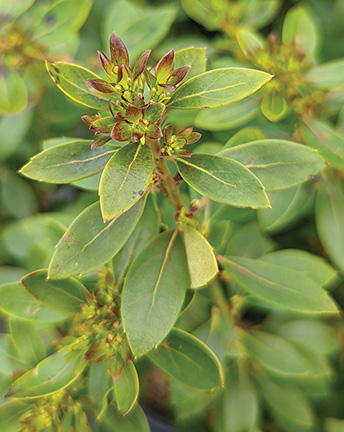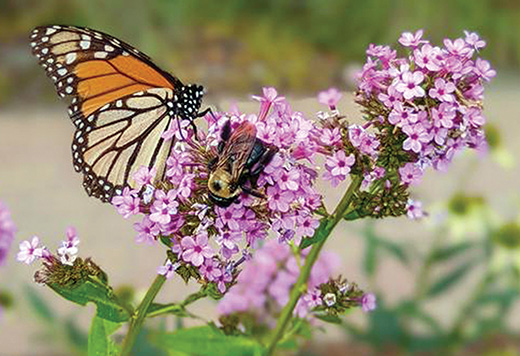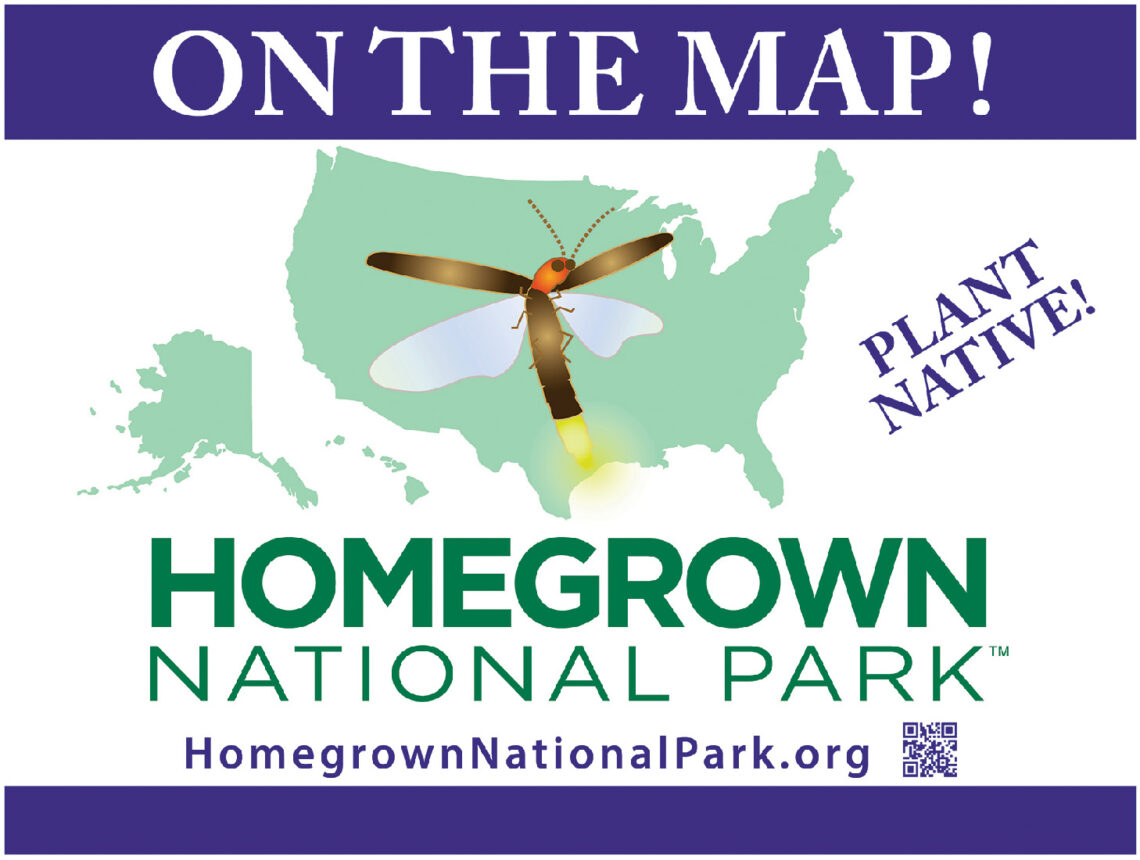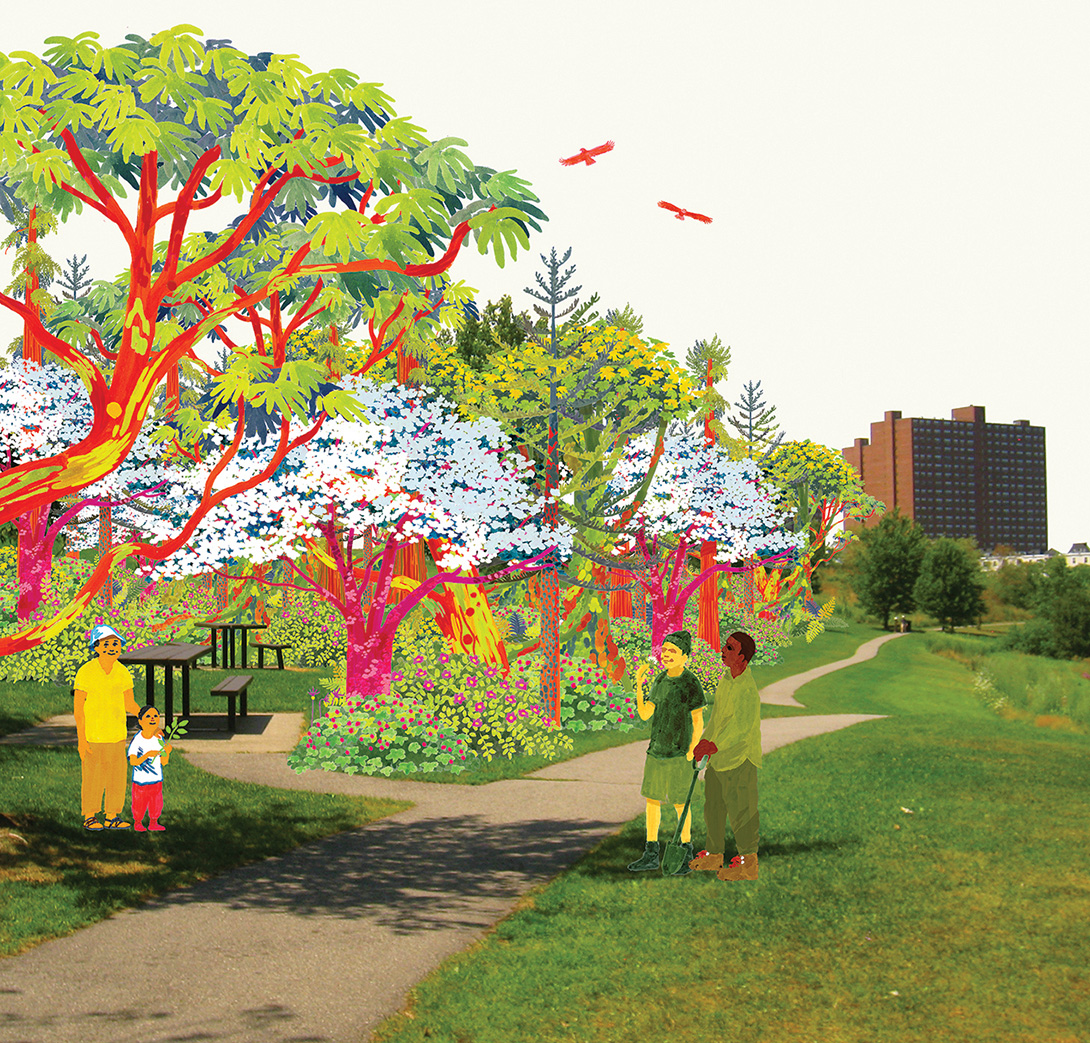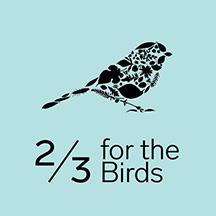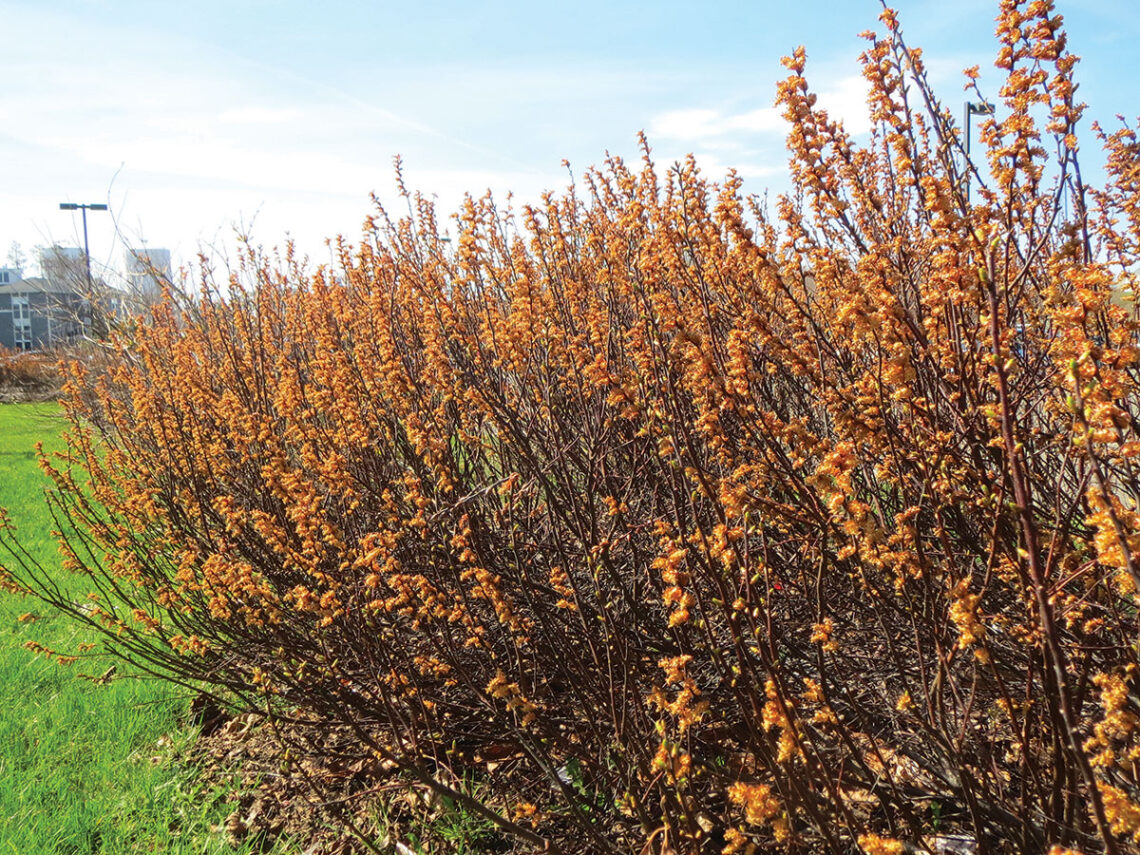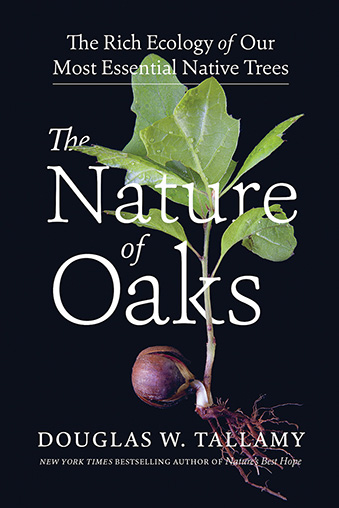By Michael Dirr Ilex glabra, inkberry or gallberry, one of best native broadleaf evergreen shrubs, is used extensively in contemporary landscapes from Maine to Georgia and throughout the Midwest. The native range extends from Nova Scotia to Maine, south along the coast to Florida and west to Texas. According to the Florida Native Plant Society, the species grows in low flatwoods, seeps, coastal swales, bogs and sinks. I observed the species in wet areas on Cape Cod where it formed suckering colonies and in low flatwoods in the Okefenokee Swamp in South Georgia. Bonnie and I were hiking In the Okefenokee through thickets of this and Aronia arbutifolia and all…
-
-
Phlox paniculata ‘Jeana’
Phlox paniculata ‘Jeana’ is the Perennial Plant Association’s Perennial Plant of the Year for 2024. ‘Jeana’ was named for Jeana Prewitt who found it growing along the Harpeth River near Nashville, Tenn. Featured photo courtesy of Prides Corner Farms (pridescorner.com) “I love Phlox paniculata ‘Jeana’ and it is my go-to variety in my garden designs,” says Nancy DuBrule Clemente from Natureworks in Northford, a longtime friend of the magazine. “It does attract tons of pollinators, especially tiger swallowtail butterflies galore. If you deadhead it, it blooms and blooms. It really is superior. The panicles are longer and more pointed which makes it distinctive.” It’s resistant to Powdery Mildew and makes…
-
Is Your Yard on the Map?
By Kathy Connolly Millions of people will flock to national parks this summer, anticipating the oceanside cascades at Acadia, the wildlife at Yellowstone, or the views at Shenandoah. All these worthy destinations delight their visitors at the same time as they preserve extraordinary elements of the natural landscape and provide wildlife habitat. But, according to some ways of thinking, the national parks are more like nature museums than nature itself. One of those thinkers is Dr. Douglas Tallamy, whose 40 years of research have aimed to understand how insects interact with plants and how such interactions determine the diversity of animal communities. He is probably familiar to many Connecticut Gardener…
-
Miyawaki Forests
Graphic / Henry McCausland, SUGi Project – An artist’s rendition of what the Miyawaki Forest in Cambridge might look like one day. By Will Rowlands Last July, on an extremely hot day we visited a Miyawaki Forest – a 4000 square foot miniforest or pocket forest – planted the previous fall at Danehy Park in Cambridge, Mass. It’s the first Miyawaki Forest in the Northeastern US and was planted on Sept. 25, 2021. The City of Cambridge says it will “boost biodiversity and climate resilience.” Danehy Park is a 49-acre facility located on a former landfill. A press release from the City of Cambridge explains … “The Miyawaki method is…
-
Two-Thirds for the Birds
By Will Rowlands We’ve been promoting native plants ever since we took over Connecticut Gardener magazine in 2010. The reason for this is fairly simple … biodiversity is a good thing. It’s not only better for birds, pollinators and insects, it also creates a more resilient ecosystem. A yard with a large lawn and some boxwoods doesn’t do anybody any good, ecologically speaking, especially if you’re using chemicals to maintain the property. It’s essentially an ecological wasteland at a time when populations of birds, pollinators, insects and native plants are all declining. We’re excited to see that native plants have finally begun to get some traction in the last few…
-
UConn Unveils NativeStar® Trademark
By Anna Zarra Aldrich, CAHNR The University of Connecticut, in collaboration with researchers in the College of Agriculture, Health and Natural Resources (CAHNR), have established a trademark for improved cultivars of novel, native plant species. Professor of plant breeding and horticulture Mark Brand and associate professor of horticulture Jessica Lubell-Brand have been developing new cultivars for years, making more attractive and manageable plants for landscaping in Connecticut and areas with similar climates. These plants will be marketed under the NativeStar® trademark. The NativeStar® trademark is inspired by the fact that all of its plants are native to the northeast region of the United States, and because they have demonstrated to…
-
The Nature of Oaks
By Anne Rowlands Of course Doug Tallamy would write a book about oaks. TThe University of Delaware entomologist has been praising and raising awareness of Quercus for years in his widely popular books and lectures, and this newest book is fascinating. It’s a really useful field guide – not only to oaks, but also to the myriad species that play a part in the oak ecosystem. “Oaks support more forms of life and more fascinating interactions than any other tree genus in North America,” writes Tallamy. The content drives that home. I found this little book (200 pages) to be written for those who want to dive into the science…
